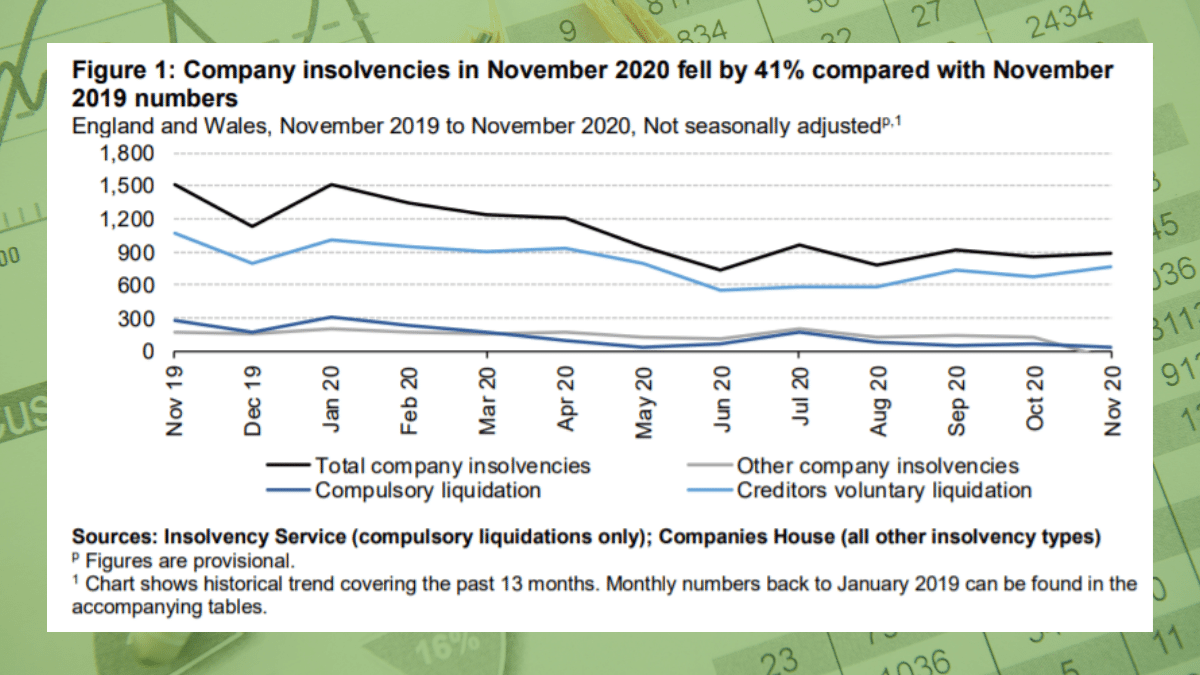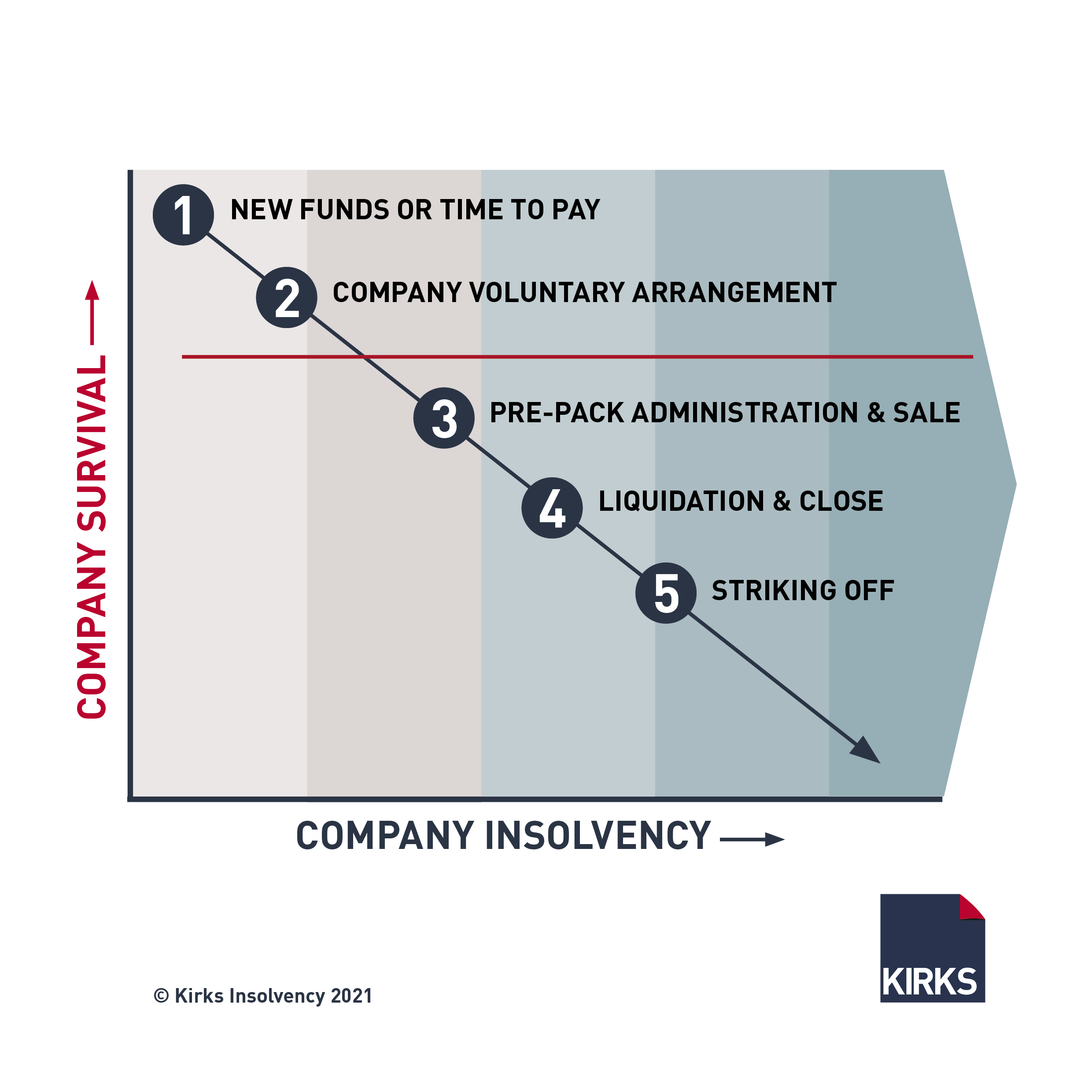Insolvency Practitioner Can Be Fun For Anyone
Insolvency Practitioner Can Be Fun For Anyone
Blog Article
The Only Guide to Insolvency Practitioner
Table of ContentsWhat Does Insolvency Practitioner Do?A Biased View of Insolvency PractitionerWhat Does Insolvency Practitioner Do?Some Known Facts About Insolvency Practitioner.Some Known Questions About Insolvency Practitioner.Getting The Insolvency Practitioner To WorkEverything about Insolvency Practitioner
Insurance is checked and managed by state insurance coverage divisions, and among their key objectives is safeguarding policyholders from the risk of a business in financial distress. When a firm goes into a period of economic trouble and is unable to satisfy its responsibilities, the insurance coverage commissioner in the firm's home state initiates a processdictated by the legislations of the statewhereby efforts are made to assist the company regain its economic footing.If it is identified that the company can not be restored, the firm is proclaimed financially troubled, and the commissioner will ask the state court to purchase the liquidation of the business. The insurance coverage commissioner, either assigned by the guv or elected, heads the state insurance division and screens and controls insurance coverage task within the state.
By obtaining control of a business, the commissioner (or the insurance division) is, by regulation, the rehabilitator or liquidator of the firm. In this capacity, the commissioner or department takes control of the business's operations. Instead than do so directly, the commissioner might maintain a special deputy receiver to monitor the company's tasks.
Getting The Insolvency Practitioner To Work
The receiver manages an accountancy of the firm's properties and responsibilities and carries out the estate of the firm. In doing so, the receiver looks for to make the most of the company's possessions, move them to cash, and afterwards distribute that money to creditors having legitimate claims against the insurance company based on payment priorities defined by state regulation (in all states, insurance policy holders are priority claimants whose cases are paid prior to those of basic lenders).
All insurer (with restricted exceptions) licensed to sell life or wellness insurance coverage or annuities in a state must be participants of that state's guaranty organization. The guaranty association accepts the commissioner and the receiver in pre-liquidation planning. When the liquidation is gotten, the warranty association supplies coverage to the company's insurance holders who are state homeowners (as much as the degrees defined by state lawssee listed below; any kind of benefit amounts above the warranty asociation advantage degrees become cases versus the business's remaining properties).
The above insurance coverage degrees use independently for every bankrupt insurance company. [Back] When an insurer stops working and there is a shortage of funds required to fulfill the responsibilities to policyholders, state guaranty associations are activated. Guaranty organizations have 2 primary sources of funding when giving insurance coverage to insurance holders. First, guaranty organizations have subrogation rights to a proportional share of the assets continuing to be in the fallen short insurance firm.
Insolvency Practitioner for Beginners

NOLHGA develops a job force of depictive guaranty organizations to function with the insurance commissioner to develop a strategy to secure policyholders.
You are below: Bankruptcy is when a company or person can't pay financial obligations when they schedule. There are numerous alternatives offered to a financially troubled company or person: ASIC controls companies, it does not take care of individual insolvency procedures. To learn more concerning bankruptcy and individual bankruptcy arrangements, visit the Australian Financial Safety and security Authority site.
The 7-Minute Rule for Insolvency Practitioner
Predictive defense by assisting you select the ideal consumers and the appropriate markets to stay clear of uncollectable loan in the initial location, thanks to severe monetary analysis - Insolvency Practitioner. Thorough market knowledge, providing you view publisher site with 360-degree visibility on business markets and putting at risk troubles. It would be a simplification to think a profession credit scores insurance begins and finishes with costs and pay-outs
This can happen for a number of reasons, consisting of bad financial monitoring, unforeseen expenses, or a modification on the market. If a business is insolvent, it might be required to shut down or sell properties to pay lenders. This can have a major influence on the company, staff members, and investors.
Why does a firm enter into insolvency? There are a number of reasons why a company may get in into insolvency.
Not known Details About Insolvency Practitioner
Other factors for insolvency consist of fraudulence, mismanagement, and unforeseen costs. When a firm comes to find more be bankrupt, its properties are used to settle its financial debts. This can have a significant influence on business, as it might no much longer be able to proceed running. Bankruptcy can likewise lead to task losses and the closure of companies.
This can have serious ramifications for the business, its stakeholders, financial institutions and the economic situation. The firm may be required to offer possessions, gave up staff or perhaps close down. This can have a ripple effect on the regional community important source and the economic climate as a whole. Financial institutions may be left out of pocket and the business's investors may see their financial investment disappear.
This can take place for a variety of factors, including inadequate economic management, unexpected expenses, or a modification in the marketplace. If a company is insolvent, it may be compelled to shut down or sell assets to pay lenders. This can have a significant effect on business, staff members, and investors.
The Insolvency Practitioner Ideas
It can result in task losses, asset sales, and also insolvency. It is very important to understand exactly how corporate bankruptcy works and just how it can influence your service. Why does a business get in right into insolvency? There are a variety of reasons a firm might get in right into insolvency. The most usual factor is that the firm is incapable to pay its financial debts as they fall due.
Various other factors for bankruptcy include fraud, mismanagement, and unexpected costs. Insolvency Practitioner. When a company ends up being bankrupt, its properties are used to settle its financial debts. This can have a significant influence on the organization, as it may no much longer have the ability to proceed operating. Bankruptcy can additionally bring about work losses and the closure of businesses.
Facts About Insolvency Practitioner Uncovered

Report this page